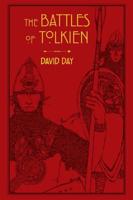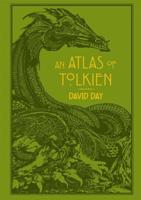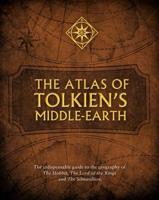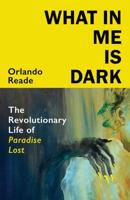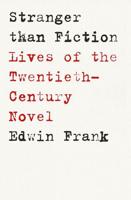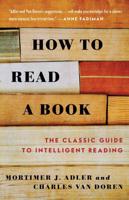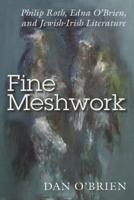Publisher's Synopsis
Renewed arguments over the definition of Romanticism warrant a new look at the narrative poetry of Sir Walter Scott. Nancy Moore Goslee's study, the first full treatment of Scott's poems in many years, will do for his poetry what Judith Wilt's book has done for his novels. Already a subtle reader of the high Romantics and their celebrations of the visionary imagination, Goslee draws upon several recent critical developments for this study of Scott: a growing tendency among critics of his novels to see romance as a positive strength, the broader development of narrative theory, and feminist theory.Like Thomas the Rhymer, the half-historical, half- mythic minstrel who rides off with the elfin queen, Scott's poems repeatedly accept the world of romance and yet challenge it, often wittily, with an array of hermeneutic perspectives upon its function. The perspectives Goslee considers most fully are the development of poetry from a communal, oral performance to a written, published document; the larger, more violent development of Scottish and British history from feudal to modern cultures; and the repeated contrast, in that succession of cultures, between the limited, passive role of most actual women and their active, powerful role as elfin queen or enchantress in the romance.As if drawn toward yet simultaneously repelled by such women, Scott alternates between poems in which enchantresses seem to control their worlds and those in which women are only pawns, desirable for the land they inherit. The poems of the latter group are more realistically historical in plot, turning upon major battles; those of the former are more romantic and magical. Yet both follow similar narrative patterns derived from medieval and especially Renaissance romance. Both, too, show a wandering in more primitive, violent societies which delays the rational, gradual progress seen as cultural salvation by Enlightenment historians.

